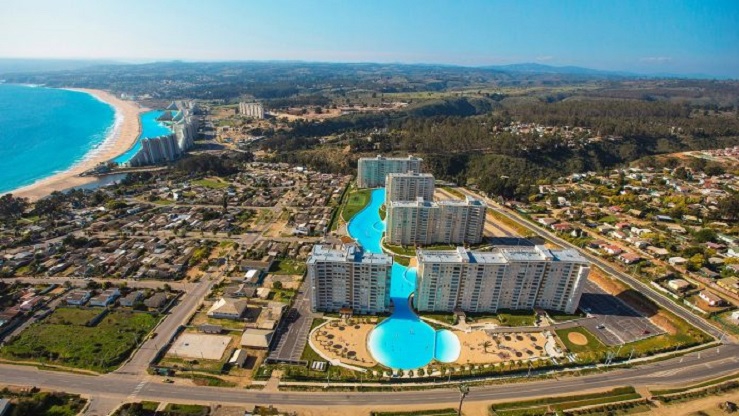

Multinational innovation company Crystal Lagoons has announced in real estate projects worldwide representing $10 billion in investment over the next 10 years. The company is discussing projects across South Africa and the wider continent, two of which have a total value of R3 billion, to be situated in Johannesburg. These developments will bring unlimited-size bodies of crystal clear water to urban areas, adding an idyllic beach lifestyle to major cities and enabling a wide variety of water sports, including swimming, kayaking and paddle boarding.
“Crystal Lagoons’ award-winning technology, patented in 160 countries, has revolutionised the real estate market in every country it has entered. When building a Crystal Lagoon, location need not dictate what is possible.” says Alastair Sinclair, Crystal Lagoons’ regional director for Africa. A Crystal Lagoon can be constructed in the middle of cities miles away from the coast, at very low construction and maintenance costs. This has resulted in unprecedented increases in sales rates and prices of properties,” he added. Crystal Lagoons boasts 400 projects in 60 countries, and it’s the patented sustainable technology used that makes it particularly appealing for developers needing a water and energy-efficient amenity to enhance their projects.
“Sustainability is a key factor for new developments in Africa, and Crystal Lagoons emphasises solving challenges such as water and energy scarcity. Crystal Lagoons can use any type of water – fresh, salt, or brackish (which has no alternative use), providing a sustainable solution for the efficient use of water resources. “The technology requires 100 times less additives and half the energy of conventional swimming pools. A Crystal Lagoon filled with fresh water uses 30 times less fresh water than a golf course of the same size and half the fresh water of a park of the same size.
Additionally, Crystal Lagoons technology is effective in lowering the carbon footprint of real estate developments, as the lagoons can be incorporated into the heating and air-conditioning systems of surrounding buildings and can generate a reduction in electricity consumption by up to 50%.





